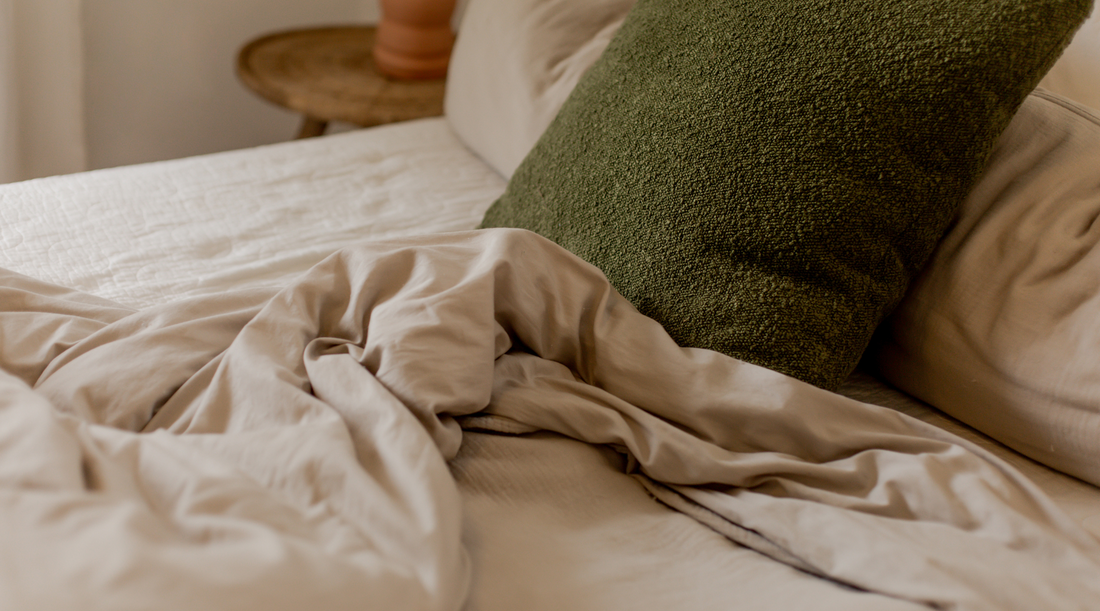
The Psychology of Cozy: Why We Crave Warm, Inviting Spaces
Share
Have you ever stepped into a room and instantly felt at peace? Or, on the flip side, walked into a space that looked beautiful but somehow felt “cold”? That reaction isn’t random — it’s psychological. The idea of “coziness” isn’t just design preference; it taps into deep human needs for comfort, safety, and belonging.
Here’s why we crave cozy spaces — and how you can use that knowledge to create a home that nurtures you.
The Need for Safety & Shelter
For thousands of years, humans have sought warm, enclosed spaces for survival. Today, we don’t need caves or fires for protection, but our brains still associate enclosed, warm, and softly lit spaces with security. This is why “nooks” and corners feel so inviting.
The Science of Softness
Textures influence how we feel. Soft fabrics like wool, linen, and cotton activate positive sensory responses, while hard, cold surfaces can feel unwelcoming. That’s why we instinctively reach for the throw blanket on the couch.
Color & Mood
Colors deeply affect psychology.
-
Warm tones (beige, terracotta, dusty rose) evoke warmth and comfort.
-
Green (especially muted sage) is linked to nature and calm.
-
Blue can be calming in muted shades, but too bright makes a space feel cold.
By intentionally choosing your palette, you set the emotional tone of your home.
The Hygge Effect
The Danish concept of “hygge” has gained global popularity for a reason. It translates loosely to “coziness,” but it’s more than that: it’s about creating spaces that promote wellbeing and togetherness. Think soft lighting, a mug of tea, and shared blankets on the sofa.
Why Scents Matter
Smell is the strongest memory trigger. A space that smells of lavender, cinnamon, or cedar feels safe and homey. This is why candles and diffusers aren’t just decor — they’re mood-shapers.
Cozy as Self-Care
In a world where stress is constant, our homes become sanctuaries. Decorating with cozy elements isn’t frivolous; it’s an act of self-care. Studies show that a comfortable, personalized environment reduces anxiety and improves sleep.
Final Thought:
The psychology of cozy proves that comfort isn’t superficial — it’s essential. When we design our homes to be warm, soft, and safe, we’re not just making them pretty; we’re creating spaces that heal, nurture, and inspire us.
